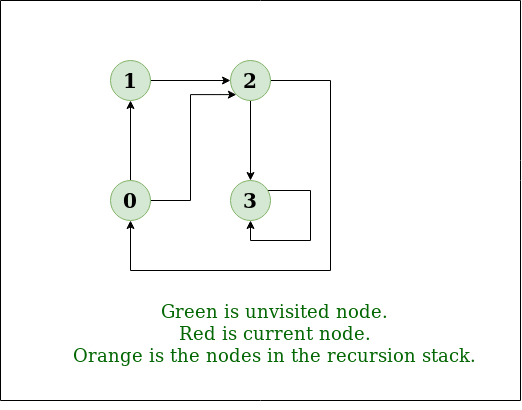Time and Space Complexity of Depth First Search (DFS)
Last Updated :
18 Mar, 2024
The time complexity of Depth First Search (DFS) is O(V + E), where V is the number of vertices and E is the number of edges. The space complexity is O(V) for a recursive implementation.

Depth First Search (DFS)
Below are the detailed explanation of Time and Space Complexity of Depth First Search (DFS):
Best Case of Depth First Search: O(V + E)
- The best-case time complexity of DFS occurs when the target node is found quickly after exploring only a few vertices and edges.
- In this scenario, the algorithm may terminate early without having to visit all vertices and edges.
- Thus, the time complexity is O(V + E), where V is the number of vertices and E is the number of edges.
Average Case of Depth First Search: O(V + E)
- The average-case time complexity of DFS is also O(V + E).
- This complexity holds across various graph structures and densities.
- DFS explores vertices and edges in a depth-first manner, which typically results in linear time complexity proportional to the sum of vertices and edges.
Worst Case of Depth First Search: O(V + E)
- The worst-case time complexity of DFS also remains O(V + E).
- In the worst case, DFS explores all vertices and edges reachable from the source node.
- The algorithm systematically traverses each edge and explores all vertices in a depth-first manner.
- Therefore, the time complexity is O(V + E) as it traverses all vertices and edges in the graph.
Auxiliary Space Complexity of Depth First Search (DFS):
The auxiliary space complexity of Depth-First Search (DFS) algorithm is O(V), where V is the number of vertices in the graph, this is due to the recursion stack or visited array.
Here’s why the auxiliary space complexity is O(V):
Recursion Stack:
- DFS uses a function call stack to track vertices.
- Space complexity depends on the maximum recursion depth.
- Maximum depth in a graph with V vertices is O(V).
Visited Array (Optional):
- May use a visited array to mark visited vertices.
- Size equals the number of vertices (V).
Share your thoughts in the comments
Please Login to comment...